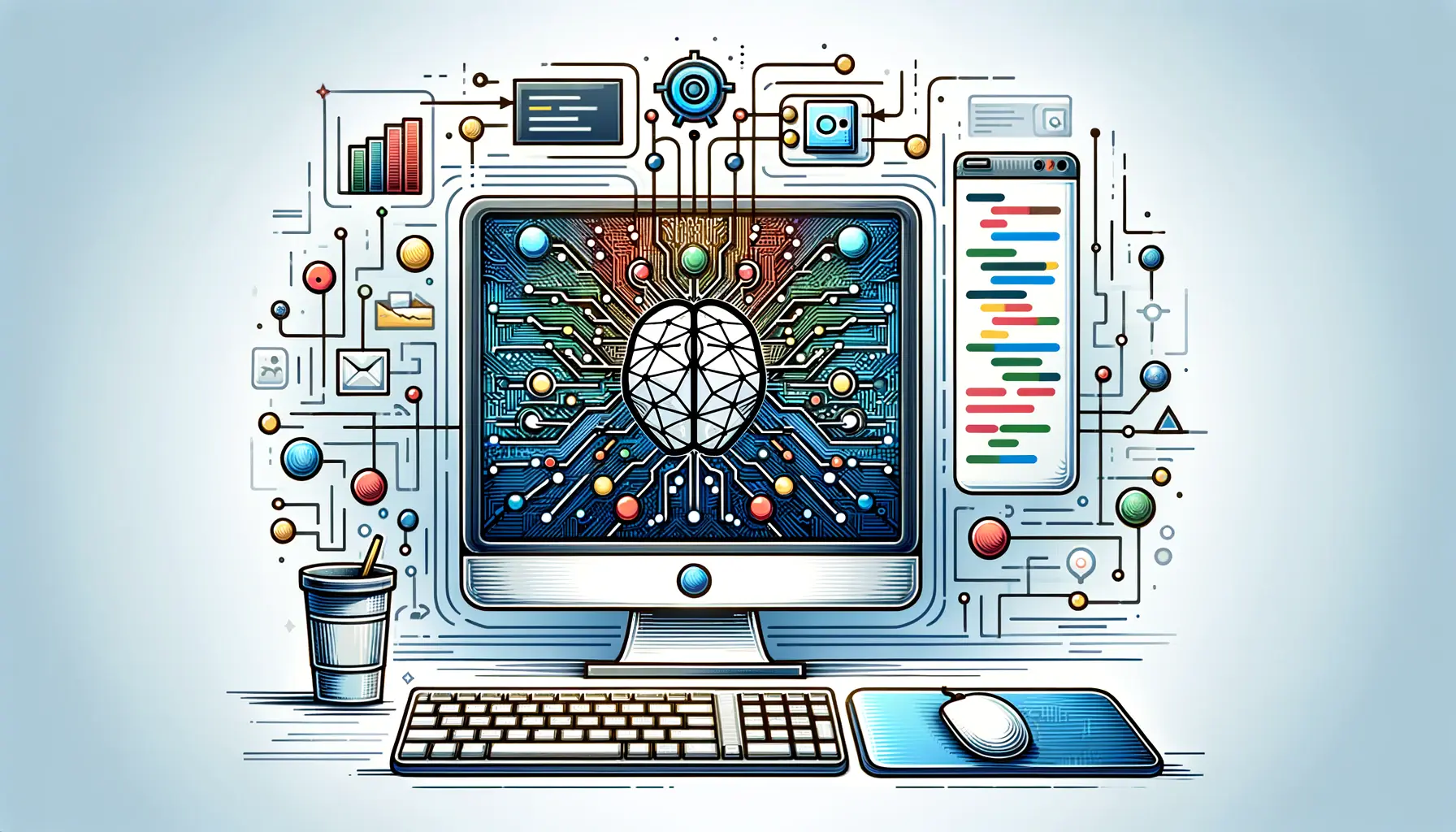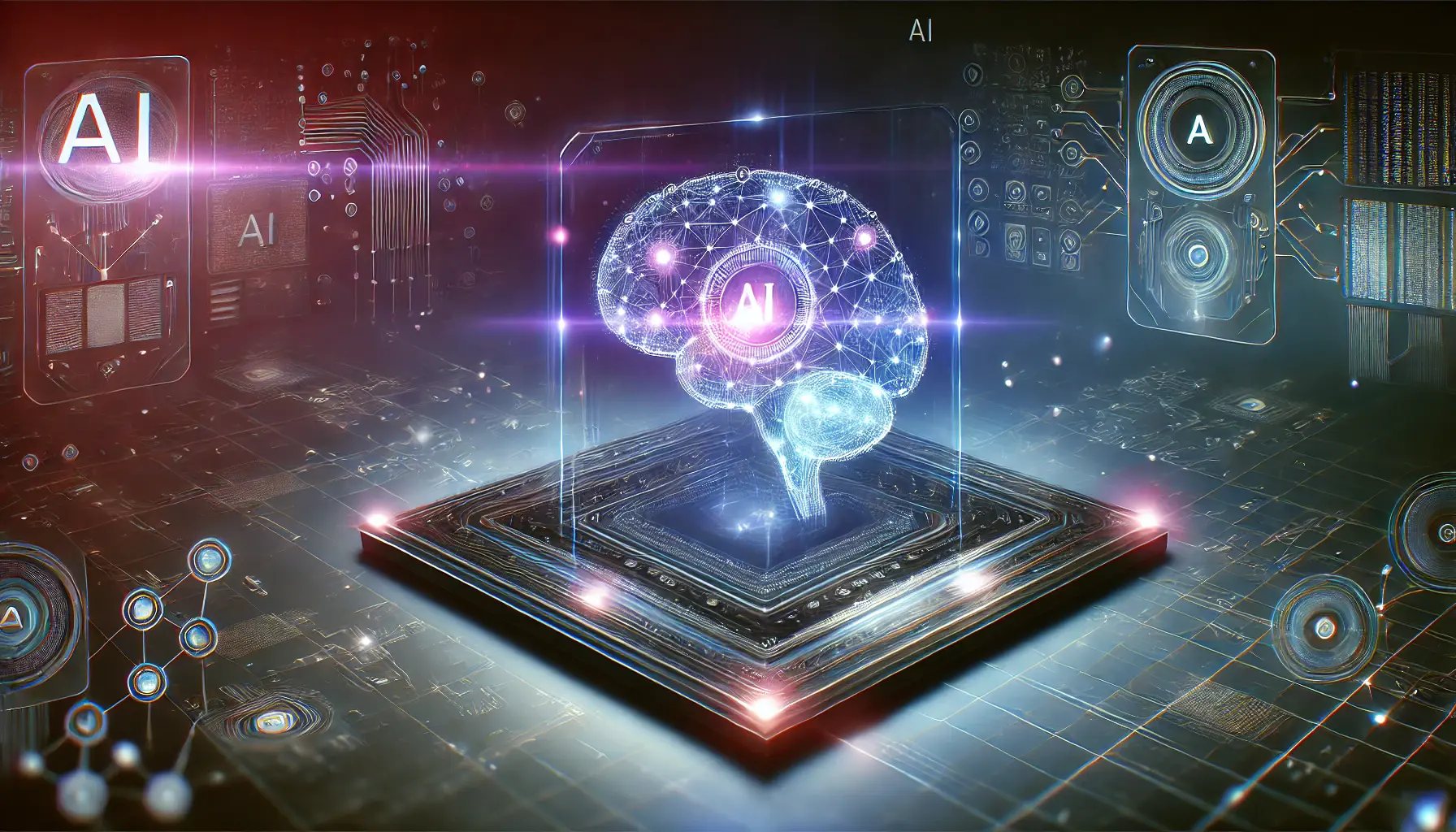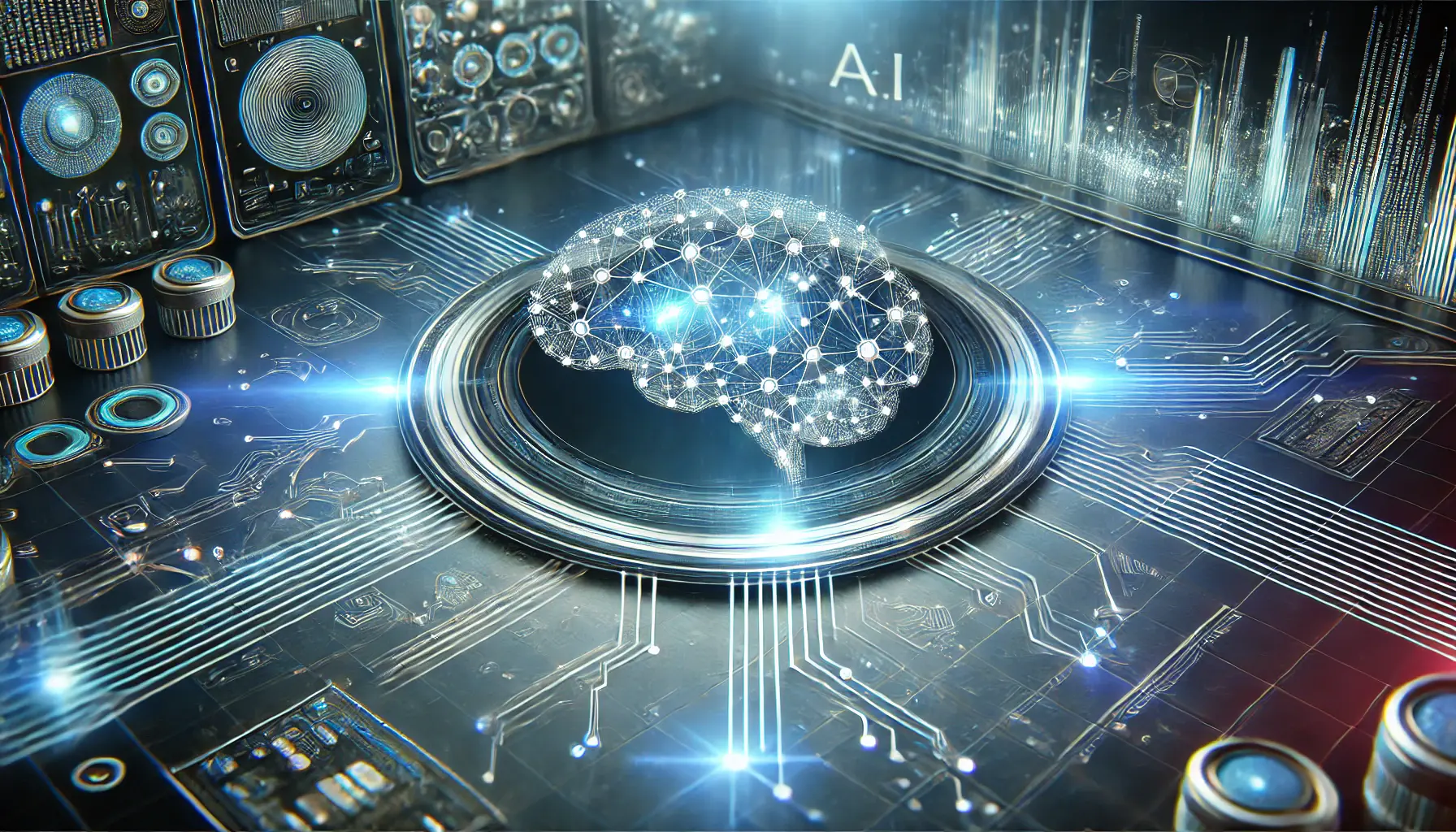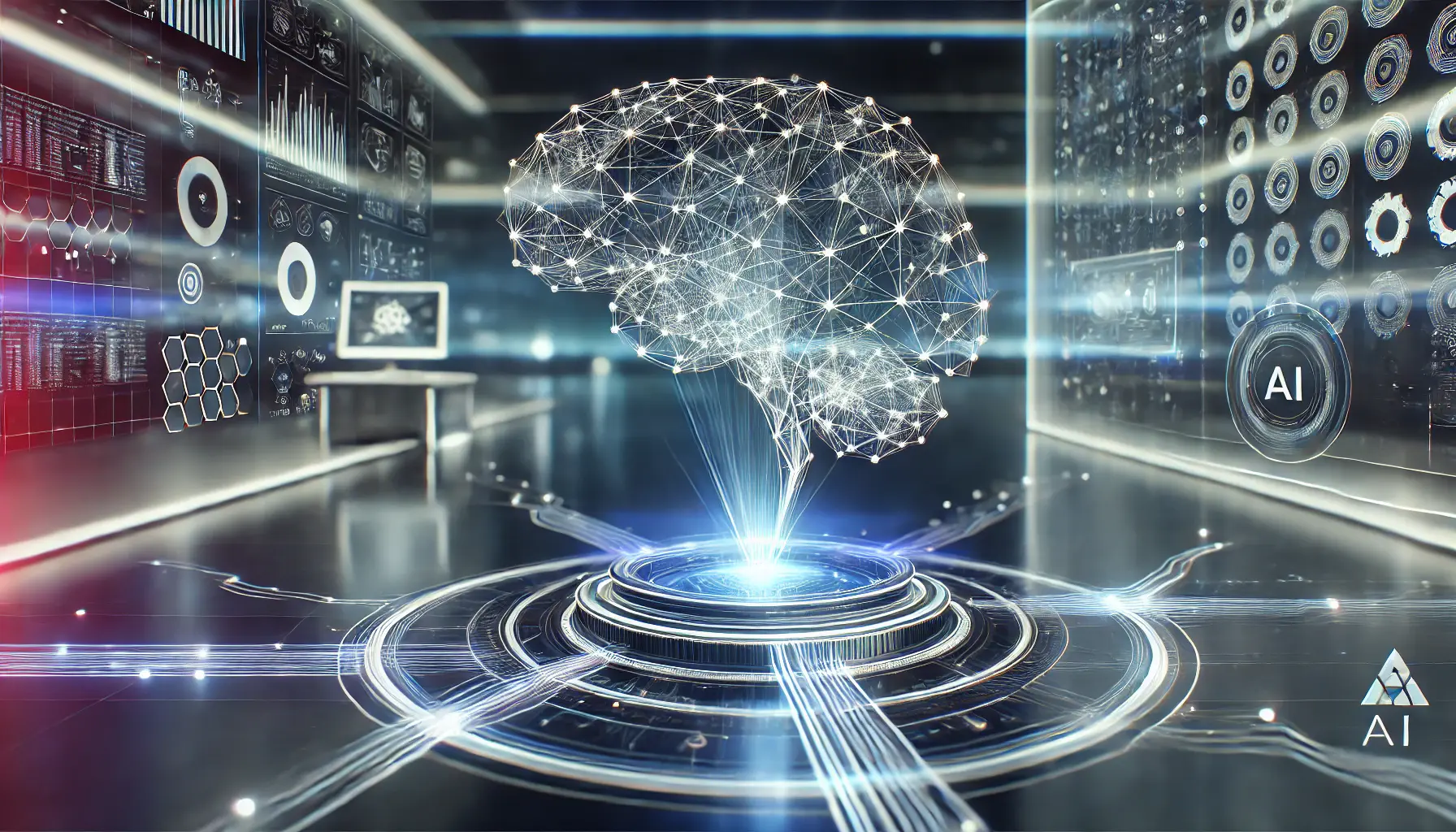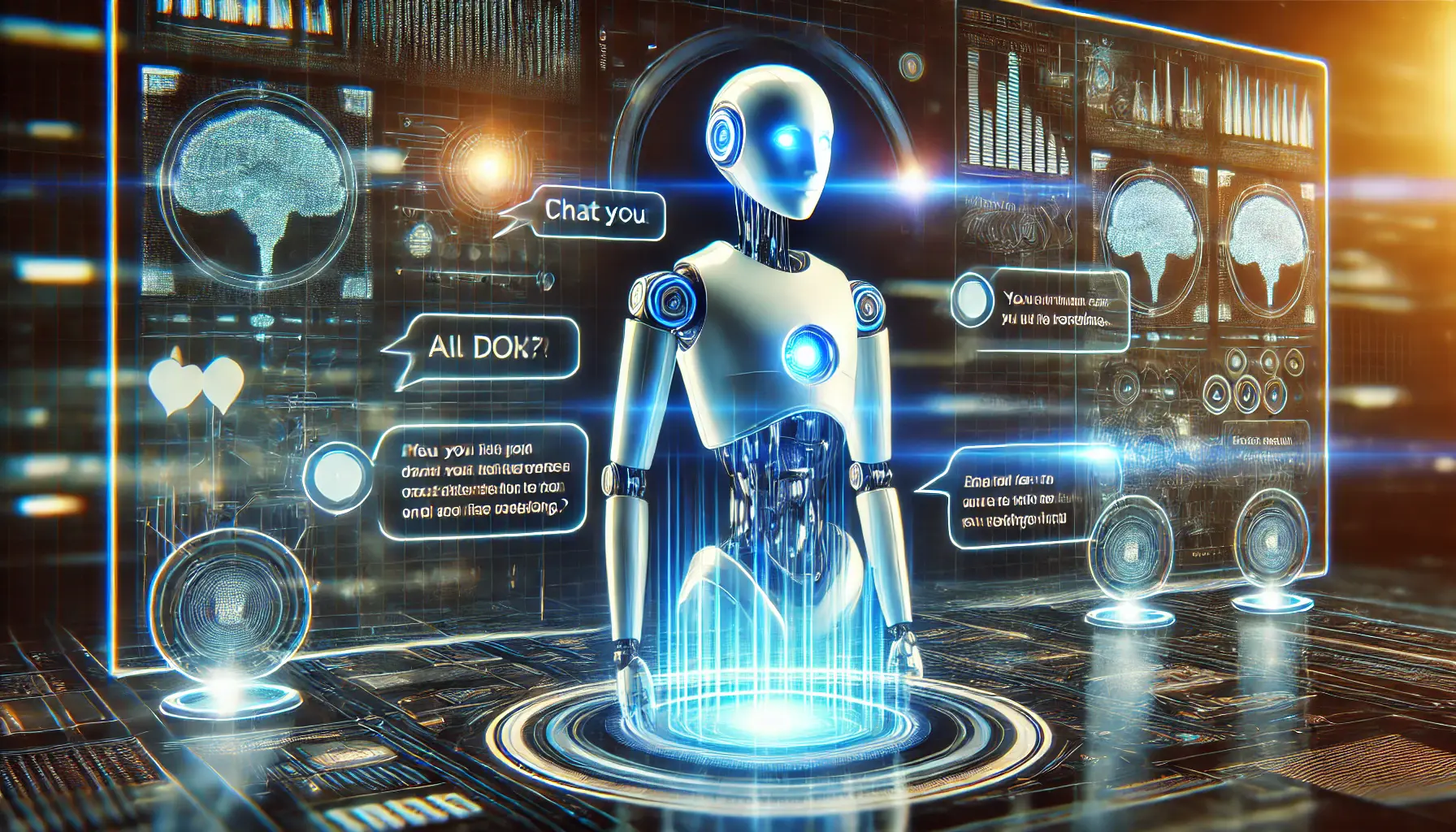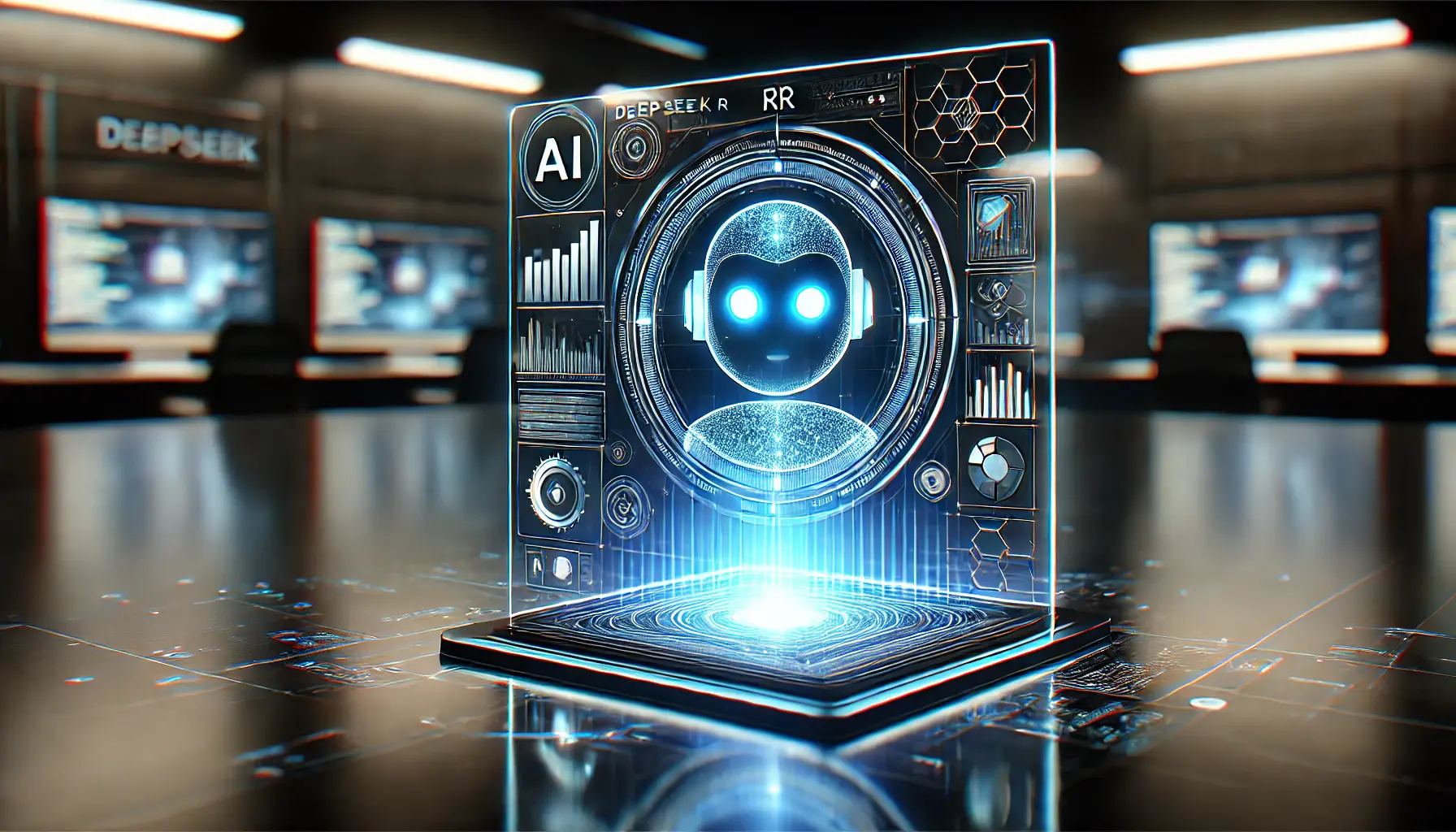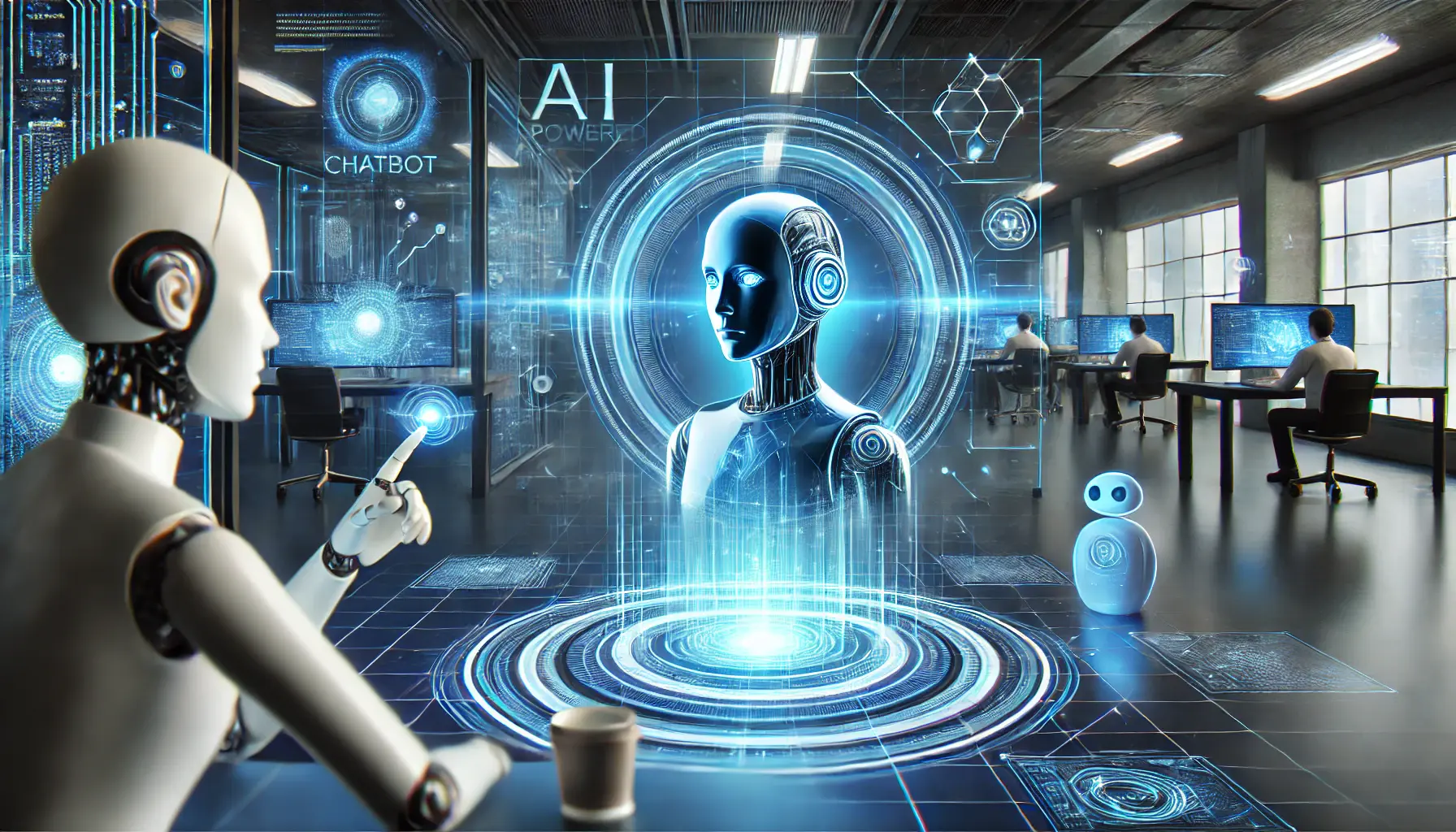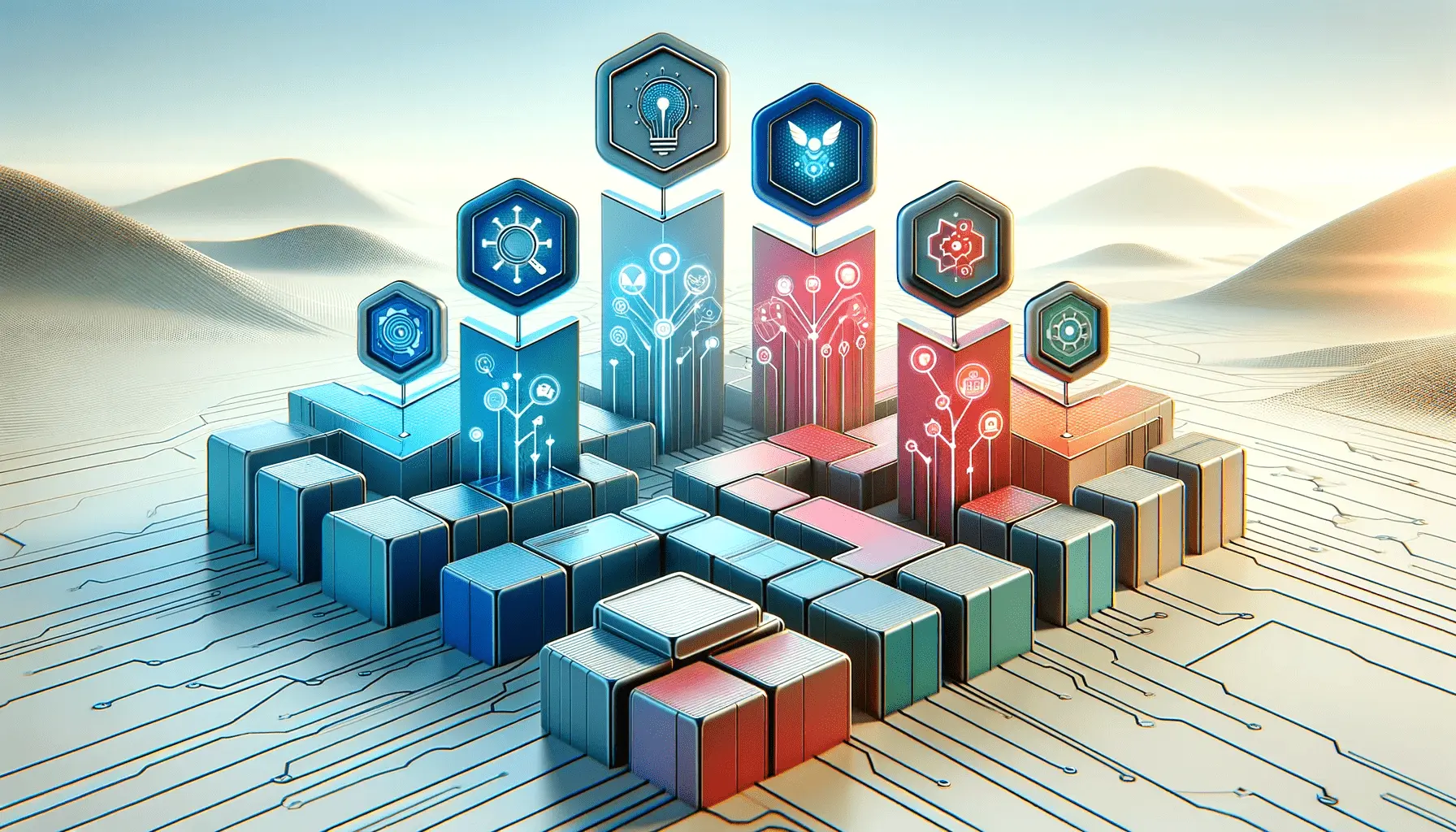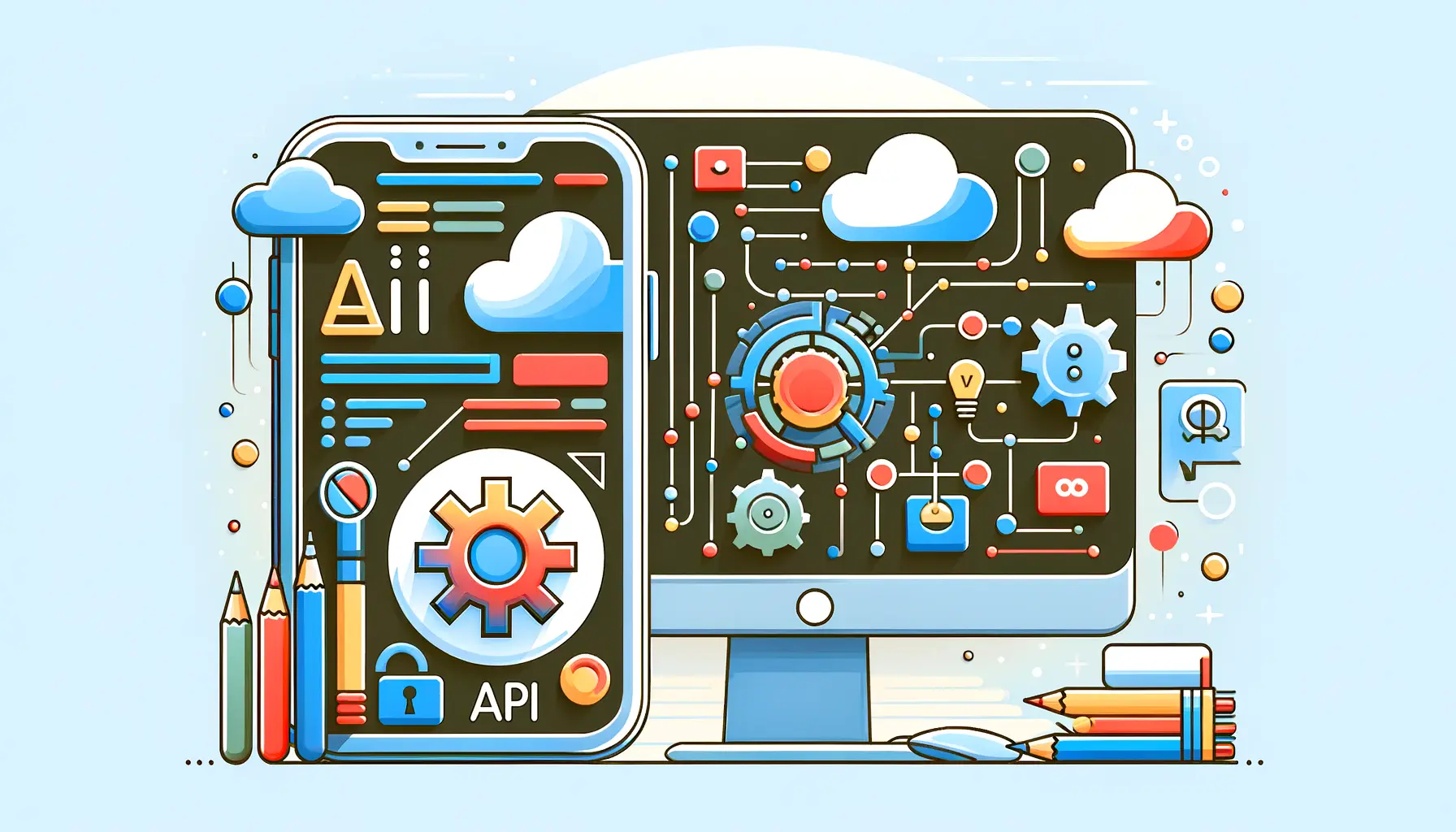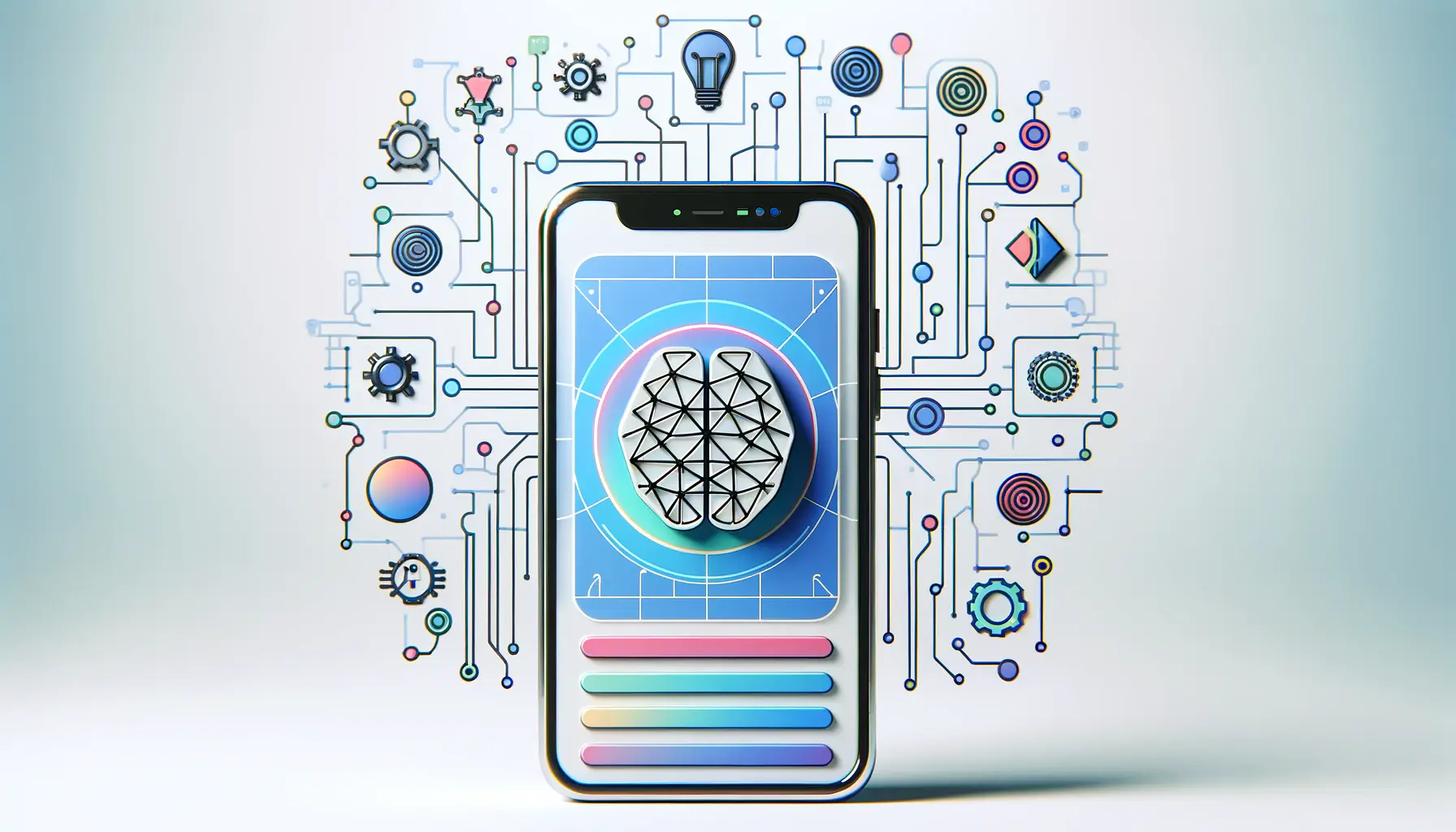The advent of ChatGPT 4 has marked a significant milestone in the evolution of chatbots, transforming how businesses and individuals interact with artificial intelligence.
This latest iteration of OpenAI’s language model has been designed to offer more nuanced, context-aware, and human-like interactions, making it an invaluable asset for developers looking to create sophisticated chatbots.
The integration of ChatGPT 4 into the development process not only enhances the user experience but also opens up new avenues for automation, customer service, and personalized communication.
Chatbots, powered by ChatGPT 4, are now capable of understanding and generating human-like text, making them more effective in handling complex queries and providing accurate responses.
This leap in AI technology has significantly reduced the gap between human and machine communication, enabling chatbots to perform a wide range of tasks, from answering FAQs to providing personalized recommendations and support.
The versatility and efficiency of ChatGPT 4 have thus made it a cornerstone in the realm of chatbot development.
- Understanding ChatGPT 4 and Its Impact on Chatbot Development
- Designing Chatbots with Enhanced Personalization and Interactivity
- Optimizing Chatbot Performance with ChatGPT 4
- Integrating ChatGPT 4 into Various Industries
- Challenges and Solutions in Chatbot Development with ChatGPT 4
- Future Trends in Chatbot Development with ChatGPT 4
- Best Practices for Chatbot Development Using ChatGPT 4
- Conclusion: Harnessing the Power of ChatGPT 4 for Future-Ready Chatbots
- FAQs: Developing Chatbots with ChatGPT 4
Understanding ChatGPT 4 and Its Impact on Chatbot Development
What Makes ChatGPT 4 Stand Out
ChatGPT 4 distinguishes itself from its predecessors through its advanced understanding of context and nuance in human language.
This capability allows developers to create chatbots that can engage in more meaningful and coherent conversations with users.
Unlike earlier models, ChatGPT 4 can maintain context over longer conversations, remember user preferences, and make connections between different topics discussed.
This level of sophistication enhances the user experience, making interactions with chatbots feel more natural and human-like.
Another significant advancement is ChatGPT 4’s ability to learn from interactions.
Each conversation helps the model to better understand user intent and refine its responses.
This continuous learning process ensures that chatbots evolve over time, becoming more efficient and effective in handling user queries.
The adaptability of ChatGPT 4 makes it an ideal choice for businesses looking to improve their customer service and engagement strategies.
Revolutionizing Customer Service with ChatGPT 4
ChatGPT 4’s impact on customer service has been profound.
Businesses across various industries are leveraging this technology to offer 24/7 support, handle high volumes of inquiries, and provide instant responses to customer queries.
Chatbots developed with ChatGPT 4 can understand and process complex customer requests, offer personalized solutions, and even handle multiple queries simultaneously.
This level of efficiency not only improves customer satisfaction but also significantly reduces the workload on human customer service representatives.
Moreover, the integration of ChatGPT 4 into customer service chatbots has enabled businesses to gather insights from customer interactions.
By analyzing conversations, companies can identify common issues, track customer satisfaction levels, and tailor their services to meet user needs more effectively.
This data-driven approach to customer service helps businesses to continuously improve their offerings and stay ahead of the competition.
The introduction of ChatGPT 4 has revolutionized chatbot development, offering unprecedented capabilities in understanding and generating human-like text. This advancement not only enhances the user experience but also opens up new possibilities for automation and personalized communication.
Designing Chatbots with Enhanced Personalization and Interactivity
The realm of chatbot development has been significantly enriched by the advent of ChatGPT 4, particularly in terms of personalization and interactivity.
Developers now have the tools to create chatbots that not only understand the nuances of human language but can also tailor their responses to individual users.
This section delves into the methodologies and benefits of incorporating enhanced personalization and interactivity into chatbot design using ChatGPT 4.
Personalization in chatbot interactions has transitioned from a novel feature to a fundamental expectation among users.
ChatGPT 4 facilitates this through its deep learning algorithms, enabling chatbots to remember user preferences, past interactions, and context.
This capability allows for a more engaging and satisfying user experience, as chatbots can provide recommendations, solutions, and information that are specifically tailored to the individual’s needs and history.
Strategies for Personalizing Chatbot Interactions
- User Profiling: Collecting and analyzing user data to create detailed profiles, enabling chatbots to deliver personalized content and responses.
- Contextual Awareness: Utilizing ChatGPT 4’s ability to understand and retain conversation context, ensuring that responses are relevant and personalized based on the ongoing dialogue.
- Adaptive Learning: Implementing mechanisms for chatbots to learn from each interaction, continuously improving their ability to personalize conversations over time.
Interactivity in chatbots goes hand in hand with personalization, enhancing the engagement level of the conversations.
ChatGPT 4’s advanced natural language processing capabilities allow chatbots to participate in more dynamic interactions, asking questions, offering choices, and even initiating topics based on the user’s interests and previous interactions.
This creates a more conversational and engaging experience, encouraging users to spend more time interacting with the chatbot.
Enhancing Chatbot Interactivity
- Dynamic Content Generation: Crafting responses that include interactive elements such as quizzes, polls, and clickable options to enrich the user experience.
- Proactive Engagement: Designing chatbots to initiate conversations based on user behavior or specific triggers, making interactions feel more natural and engaging.
- Feedback Loops: Incorporating mechanisms for users to provide feedback on chatbot interactions, allowing for continuous improvement and adaptation to user preferences.
Incorporating personalization and interactivity into chatbot design not only enhances the user experience but also fosters a deeper connection between users and the chatbot. By leveraging ChatGPT 4’s capabilities, developers can create chatbots that are not just tools, but companions, advisors, and assistants tailored to the unique needs of each user.
Optimizing Chatbot Performance with ChatGPT 4
Optimizing the performance of chatbots involves more than just integrating the latest AI models; it requires a strategic approach to leveraging ChatGPT 4’s capabilities to enhance efficiency, accuracy, and user satisfaction.
This optimization process is crucial for developers aiming to deliver superior chatbot experiences that meet the evolving expectations of users and businesses alike.
At the core of ChatGPT 4’s appeal is its advanced natural language processing (NLP) capabilities, which enable chatbots to understand and generate responses that are not only relevant but also contextually appropriate.
However, to fully harness these capabilities, developers must employ a combination of technical strategies and user-centric design principles.
Key Strategies for Chatbot Optimization
- Continuous Training: Regularly updating the chatbot’s training data with new interactions to improve its understanding and response generation over time.
- Performance Monitoring: Implementing analytics to monitor chatbot interactions, identify areas for improvement, and measure user satisfaction.
- Error Handling: Developing robust mechanisms for the chatbot to recognize and recover from misunderstandings or irrelevant queries, enhancing the overall user experience.
Optimization also involves refining the chatbot’s ability to handle diverse and complex queries.
This includes expanding its knowledge base, improving its reasoning capabilities, and ensuring it can manage conversational nuances.
ChatGPT 4’s machine learning framework supports these enhancements, allowing for a more adaptable and intelligent chatbot.
Enhancing User Experience through Optimization
- User Feedback Integration: Incorporating user feedback into the chatbot’s learning process to tailor responses more effectively to user preferences.
- Personalization Techniques: Applying advanced personalization algorithms to deliver customized experiences, making each interaction feel unique and valued.
- Scalability Solutions: Ensuring the chatbot can handle increasing volumes of interactions without compromising response quality or speed.
Optimizing chatbot performance with ChatGPT 4 is an ongoing process that involves balancing technical capabilities with user-centric design. By focusing on continuous improvement and leveraging ChatGPT 4’s advanced features, developers can create chatbots that not only meet but exceed user expectations.
Integrating ChatGPT 4 into Various Industries
The versatility of ChatGPT 4 has enabled its integration across a wide range of industries, revolutionizing how businesses interact with their customers and streamline operations.
From healthcare to finance, education to customer service, ChatGPT 4’s advanced AI capabilities are being harnessed to create more efficient, personalized, and intelligent systems.
This section explores the transformative impact of ChatGPT 4 across various sectors.
In the healthcare industry, for example, ChatGPT 4 is being used to develop chatbots that can provide instant medical advice, schedule appointments, and even assist in mental health support.
These applications not only improve patient care but also significantly reduce the workload on healthcare professionals.
Healthcare: Enhancing Patient Care
- Medical Inquiry Handling: Chatbots equipped with ChatGPT 4 can answer common health-related questions, providing reliable information and guidance.
- Appointment Scheduling: Automating the appointment booking process, making it more efficient and accessible for patients.
- Mental Health Support: Offering 24/7 emotional support and counseling, helping to bridge the gap in mental health services.
In the finance sector, ChatGPT 4-powered chatbots are transforming customer service by offering real-time assistance with transactions, account inquiries, and financial advice.
This not only enhances customer experience but also offers a level of personalization that was previously unattainable.
Finance: Revolutionizing Customer Service
- Transaction Assistance: Providing users with instant help on transactions, account status, and other banking queries.
- Financial Planning: Offering personalized financial advice based on the user’s spending habits, goals, and needs.
- Fraud Detection: Alerting users to potential fraudulent activity on their accounts through continuous monitoring and AI analysis.
In the realm of education, ChatGPT 4 is being utilized to create interactive learning platforms that can adapt to the individual learning pace and style of each student.
These platforms can provide instant feedback, explain complex concepts, and even generate personalized learning materials.
Education: Personalizing Learning Experiences
- Interactive Learning: Developing platforms that engage students in interactive and adaptive learning experiences.
- Homework Assistance: Offering help with homework and assignments, providing explanations and resources for further learning.
- Language Learning: Creating tools for language practice and learning, with chatbots that can converse in multiple languages.
The integration of ChatGPT 4 into various industries is not just about automating tasks; it’s about creating more human-centric services and solutions. By leveraging the power of ChatGPT 4, industries can offer more personalized, efficient, and intelligent services, significantly enhancing user experience and operational efficiency.
Challenges and Solutions in Chatbot Development with ChatGPT 4
While the integration of ChatGPT 4 into chatbot development offers numerous advantages, it also presents a set of challenges that developers must navigate.
These challenges range from technical limitations to ethical considerations, each requiring thoughtful solutions to ensure the successful deployment of ChatGPT 4-powered chatbots.
This part of the article explores some of the common challenges faced in chatbot development with ChatGPT 4 and proposes potential solutions to address them.
One of the primary challenges is ensuring the accuracy and relevance of chatbot responses.
Given the vast amount of information ChatGPT 4 can access and generate, there’s a risk of producing inaccurate or inappropriate content.
This issue is particularly critical in industries like healthcare or finance, where incorrect information can have serious consequences.
Ensuring Accuracy and Relevance
- Data Verification: Implementing robust data verification processes to ensure the information used by chatbots is accurate and up-to-date.
- Content Moderation: Utilizing content moderation tools and techniques to filter out inappropriate or harmful responses.
- User Feedback Mechanisms: Incorporating user feedback into the chatbot’s learning process to continually improve response accuracy and relevance.
Another challenge involves maintaining user privacy and data security.
As chatbots often handle sensitive personal information, developers must implement stringent security measures to protect user data and comply with privacy regulations.
Maintaining User Privacy and Data Security
- Encryption: Employing encryption technologies to secure data transmission and storage.
- Compliance: Ensuring chatbot operations adhere to relevant data protection regulations, such as GDPR or HIPAA.
- Transparency: Clearly communicating to users how their data is used and stored, fostering trust and transparency.
Addressing the ethical implications of AI in chatbot development is also crucial.
As AI technologies like ChatGPT 4 become more advanced, ethical concerns such as bias, accountability, and the impact on employment must be considered and addressed.
Addressing Ethical Implications
- Bias Mitigation: Implementing strategies to identify and reduce biases in chatbot responses, ensuring fairness and inclusivity.
- Accountability: Establishing clear guidelines and accountability for chatbot actions, including mechanisms for human intervention when necessary.
- Social Impact Assessment: Evaluating the broader social implications of chatbot deployment, particularly in terms of employment and human interaction.
Overlooking the challenges in chatbot development with ChatGPT 4 can lead to issues that undermine user trust and the effectiveness of the chatbot. By proactively addressing these challenges with thoughtful solutions, developers can harness the full potential of ChatGPT 4 while ensuring ethical, secure, and effective chatbot interactions.
Future Trends in Chatbot Development with ChatGPT 4
The landscape of chatbot development is continuously evolving, with ChatGPT 4 playing a pivotal role in shaping future trends.
As technology advances, we can anticipate several emerging trends that will define the next generation of chatbots.
These trends not only highlight the potential for more sophisticated interactions but also underscore the growing importance of chatbots in various sectors.
This section explores the future directions in chatbot development facilitated by ChatGPT 4.
One significant trend is the move towards more empathetic and emotionally intelligent chatbots.
ChatGPT 4’s advanced language understanding capabilities open up possibilities for chatbots that can detect and respond to users’ emotions, providing support that is not just informative but also empathetic.
Emotionally Intelligent Chatbots
- Emotion Detection: Leveraging natural language processing to detect emotional cues in user inputs, allowing chatbots to tailor their responses accordingly.
- Empathetic Responses: Developing chatbots capable of generating responses that demonstrate understanding and empathy towards the user’s emotional state.
- Supportive Interactions: Creating chatbots that offer emotional support and guidance, particularly in sectors like healthcare and customer service.
Another trend is the integration of chatbots into the Internet of Things (IoT).
As more devices become interconnected, chatbots can serve as the interface for users to interact with their smart environments, from homes to workplaces, enhancing convenience and efficiency.
Chatbots and the Internet of Things
- Smart Home Management: Chatbots that allow users to control smart home devices through conversational interfaces.
- Workplace Automation: Integrating chatbots with IoT devices in the workplace to streamline operations and improve productivity.
- Personalized User Experiences: Using chatbots to personalize the user’s environment based on preferences and past interactions.
Advancements in multimodal interactions represent another frontier for chatbot development.
Future chatbots will likely combine text, voice, and visual inputs to provide a more seamless and interactive user experience, making interactions more natural and engaging.
Multimodal Chatbot Interactions
- Voice-Enabled Chatbots: Incorporating voice recognition to facilitate hands-free interactions, expanding accessibility and convenience.
- Visual Processing Capabilities: Enabling chatbots to interpret and respond to visual inputs, such as images or videos, for more comprehensive support.
- Integrated User Experiences: Combining different modes of interaction to offer users more flexible and intuitive ways to engage with chatbots.
The future of chatbot development with ChatGPT 4 is marked by the drive towards more human-like interactions, the expansion of chatbots into new domains, and the exploration of innovative ways to engage users. As these trends unfold, chatbots are set to become an even more integral part of our digital lives, transforming how we communicate, work, and interact with the world around us.
Best Practices for Chatbot Development Using ChatGPT 4
Developing chatbots with ChatGPT 4 involves more than just leveraging advanced AI capabilities; it requires a strategic approach to ensure that the chatbots are effective, user-friendly, and aligned with business objectives.
Adhering to best practices in chatbot development can significantly enhance the quality and success of chatbot projects.
This section outlines essential best practices for developers embarking on chatbot development with ChatGPT 4.
First and foremost, understanding the user’s needs and preferences is crucial.
A user-centric design approach ensures that the chatbot provides real value, addressing specific user problems or requirements.
This involves thorough research and analysis to identify the target audience and their expectations from the chatbot.
User-Centric Design and Development
- User Research: Conducting surveys, interviews, and usability tests to gather insights into the users’ needs and preferences.
- Iterative Design: Employing an iterative design process that incorporates user feedback at every stage to refine the chatbot’s functionality and user interface.
- Personalization: Implementing personalization strategies to tailor the chatbot experience to individual users, enhancing engagement and satisfaction.
Ensuring the chatbot’s conversational UI is intuitive and easy to navigate is another best practice.
The chatbot should guide users through interactions smoothly, with clear prompts and options that make it easy for users to achieve their goals.
Intuitive Conversational UI
- Clear Prompts: Designing chatbot prompts that are clear and direct, guiding users through the conversation without confusion.
- Feedback Loops: Incorporating feedback loops that allow users to correct misunderstandings or navigate back to previous points in the conversation.
- Visual Aids: Using visual aids like buttons, carousels, and images to complement text responses and enhance the user experience.
Maintaining transparency and ethical considerations is paramount in chatbot development.
Users should be informed about the chatbot’s capabilities, limitations, and how their data is used and protected.
Transparency and Ethical Considerations
- Data Privacy: Clearly communicating the chatbot’s data handling practices and ensuring compliance with data protection regulations.
- AI Ethics: Addressing ethical concerns related to AI, such as bias and accountability, and implementing measures to mitigate these issues.
- User Trust: Building user trust through transparency, reliability, and consistent performance, ensuring users feel comfortable interacting with the chatbot.
Adopting these best practices in chatbot development with ChatGPT 4 not only enhances the effectiveness and user experience of the chatbots but also aligns them with ethical standards and business goals. By focusing on user-centric design, intuitive UI, and ethical considerations, developers can create chatbots that truly make a difference.
Conclusion: Harnessing the Power of ChatGPT 4 for Future-Ready Chatbots
The journey through the development of chatbots with ChatGPT 4 reveals a landscape brimming with potential and innovation.
As we’ve explored, ChatGPT 4 stands at the forefront of this evolution, offering capabilities that significantly enhance how chatbots understand, interact with, and respond to human users.
The implications of these advancements are profound, touching upon various industries and transforming the very fabric of customer service, healthcare, education, and more.
The Path Forward with ChatGPT 4
Looking ahead, the trajectory for chatbots developed with ChatGPT 4 is marked by continuous improvement and adaptation.
Developers are not just creating chatbots; they are crafting intelligent entities capable of learning, adapting, and providing increasingly personalized experiences.
The future of chatbots lies in their ability to seamlessly integrate into our daily lives, offering support, information, and interaction that is indistinguishable from human capabilities.
Embracing Challenges and Opportunities
As with any technological advancement, the development of chatbots using ChatGPT 4 is not without its challenges.
Issues of privacy, data security, and ethical considerations remain at the forefront of the conversation.
However, these challenges also present opportunities for innovation, driving developers to create solutions that are not only effective but also responsible and user-centric.
Key Takeaways for Developers
- Continuous Learning: Embrace the evolving nature of AI and chatbot development, staying abreast of the latest advancements and integrating them into your projects.
- User-Centric Design: Prioritize the needs and preferences of users, ensuring that chatbots deliver value and enhance the user experience.
- Ethical Considerations: Navigate the ethical landscape with care, ensuring that chatbots respect user privacy, data security, and ethical standards.
In conclusion, the development of chatbots with ChatGPT 4 represents a significant leap forward in the field of artificial intelligence.
By harnessing the capabilities of ChatGPT 4, developers can create chatbots that are more intelligent, empathetic, and integrated into our digital lives than ever before.
The journey ahead is filled with potential, and as we continue to explore and innovate, the possibilities are limitless.
The era of ChatGPT 4 chatbots is just beginning, and it promises to redefine our interactions with technology in ways we are just starting to imagine.
FAQs: Developing Chatbots with ChatGPT 4
Explore common questions about creating advanced chatbots using ChatGPT 4, offering insights into its capabilities, integration, and optimization for various applications.
ChatGPT 4’s advanced understanding of context and nuance in human language allows for more sophisticated and human-like interactions, making it ideal for chatbot development.
By providing accurate, context-aware responses and personalizing interactions based on user history, ChatGPT 4 significantly enhances the effectiveness of customer service chatbots.
Yes, ChatGPT 4 chatbots can be integrated with existing databases and systems, allowing for seamless interactions and data exchange.
Healthcare, finance, education, and customer service are among the industries that benefit significantly from the integration of ChatGPT 4 chatbots.
ChatGPT 4 chatbots can be designed with encryption and compliance measures to ensure user data is handled securely and in accordance with privacy regulations.
Challenges include ensuring response accuracy, maintaining user privacy, and addressing ethical considerations, all of which require careful planning and implementation.
Optimization can be achieved through continuous training, performance monitoring, and incorporating user feedback to improve chatbot interactions over time.
Future trends include the development of emotionally intelligent chatbots, integration with IoT devices, and advancements in multimodal interactions.
